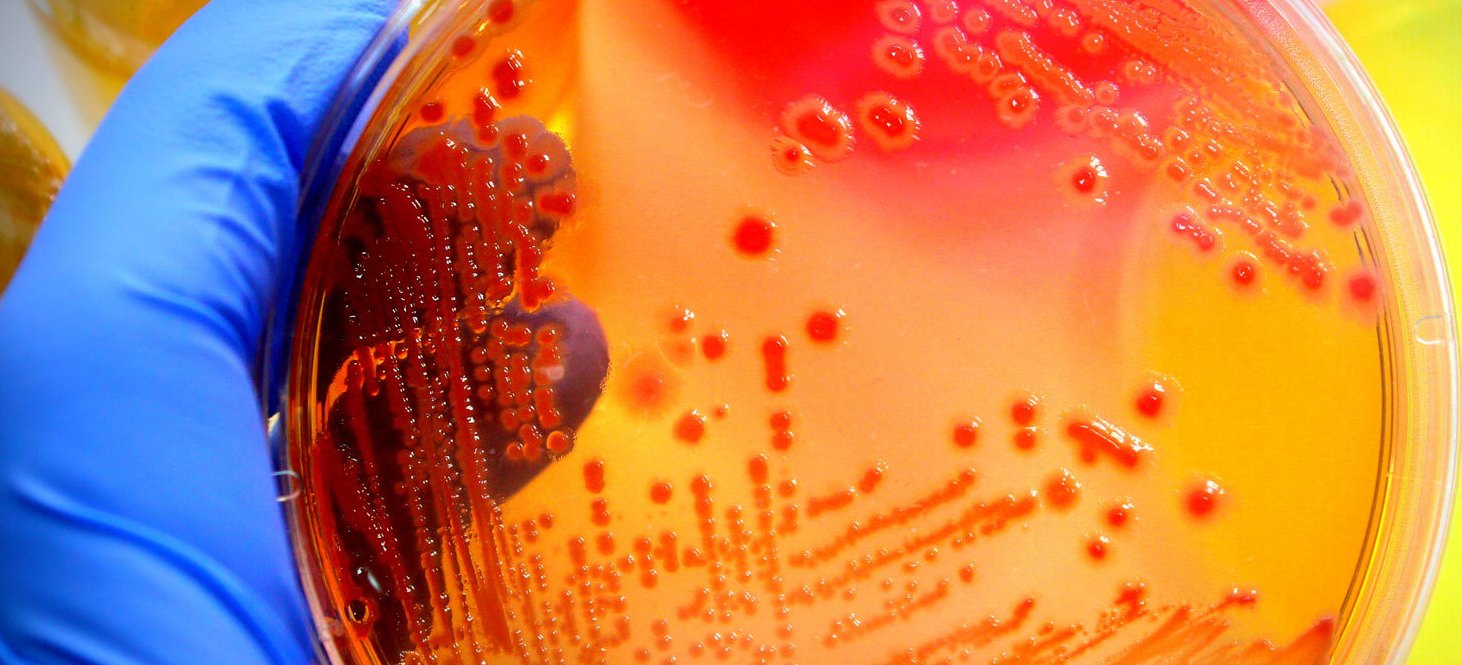Born on the 6th of April, 1928, James Watson is an American molecular biologist, geneticist, and zoologist, who is best known as a co-discoverer of the structure of deoxyribonucleic acid (DNA) in 1953. Watson co-discovered the structure of the DNA with Francis Crick (an English molecular biologist, biophysicist, and neuroscientist) in 1953.
Watson and Crick both published their model of the actual structure of the DNA, and this provided a theoretical frame work for how the DNA could serve as a genetic material.
There discovery of the nucleic acid (i.e. DNA as the genetic material) was very significant because it showed the basic principles underlying the mode of transmission of genetic materials from one organism to another. Three types of studies summarized the actual structure of the DNA viz: the bacteriological ones of Frederick Griffith, the biochemical ones of Oswald Avery and the structural ones of James Watson and Francis Crick; and this solidified the concept of DNA (deoxyribonucleic acid) as the genetic material of the cell.
The works of these scientists led to the whole field of molecular biology and molecular genetics as well as recombinant DNA technology as a result of the collapse of the boundaries between the subjects Microbiology, Genetics and Biochemistry.
The double helix of the DNA structure as we know it today was figured out by Watson and Crick; and there timely discovery set the pace for the development of the field known today as molecular biology or genetics which have tremendously impacted and revolutionized the practice of medicine and biomedical sciences.
The 1962 Nobel Prize in Physiology or Medicine was awarded to Watson and Crick because of their discovery of the molecular structure of the DNA.
References
Barrett J.T (1998). Microbiology and Immunology Concepts. Philadelphia, PA: Lippincott-Raven Publishers. USA.
Beck R.W (2000). A chronology of microbiology in historical context. Washington, D.C.: ASM
Salyers A.A and Whitt D.D (2001). Microbiology: diversity, disease, and the environment. Fitzgerald Science Press Inc. Maryland, USA.
Slonczewski J.L, Foster J.W and Gillen K.M (2011). Microbiology: An Evolving Science. Second edition. W.W. Norton and Company, Inc, New York, USA.
Summers W.C (2000). History of microbiology. In Encyclopedia of microbiology, vol. 2, J. Lederberg, editor, 677–97. San Diego: Academic Press.
Talaro, Kathleen P (2005). Foundations in Microbiology. 5th edition. McGraw-Hill Companies Inc., New York, USA.
Wainwright M (2003). An Alternative View of the Early History of Microbiology. Advances in applied microbiology. Advances in Applied Microbiology, 52:333–355.
Willey J.M, Sherwood L.M and Woolverton C.J (2008). Harley and Klein’s Microbiology. 7th ed. McGraw-Hill Higher Education, USA.
Discover more from Microbiology Class
Subscribe to get the latest posts sent to your email.





